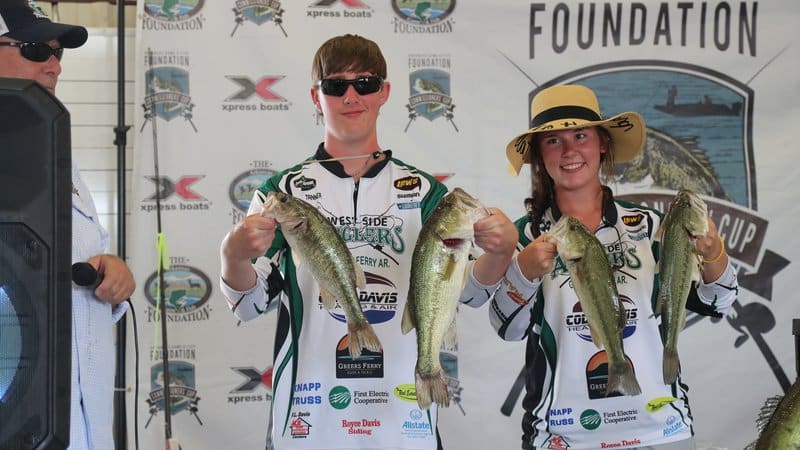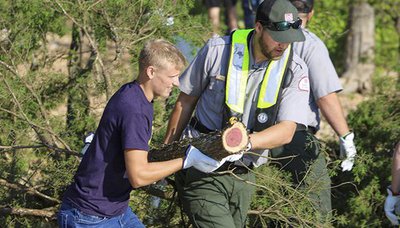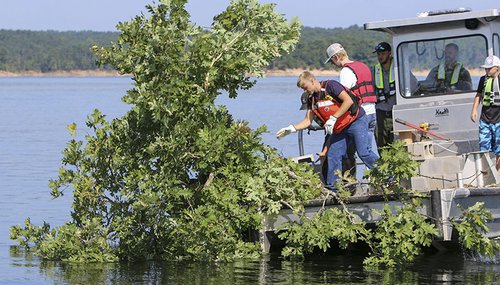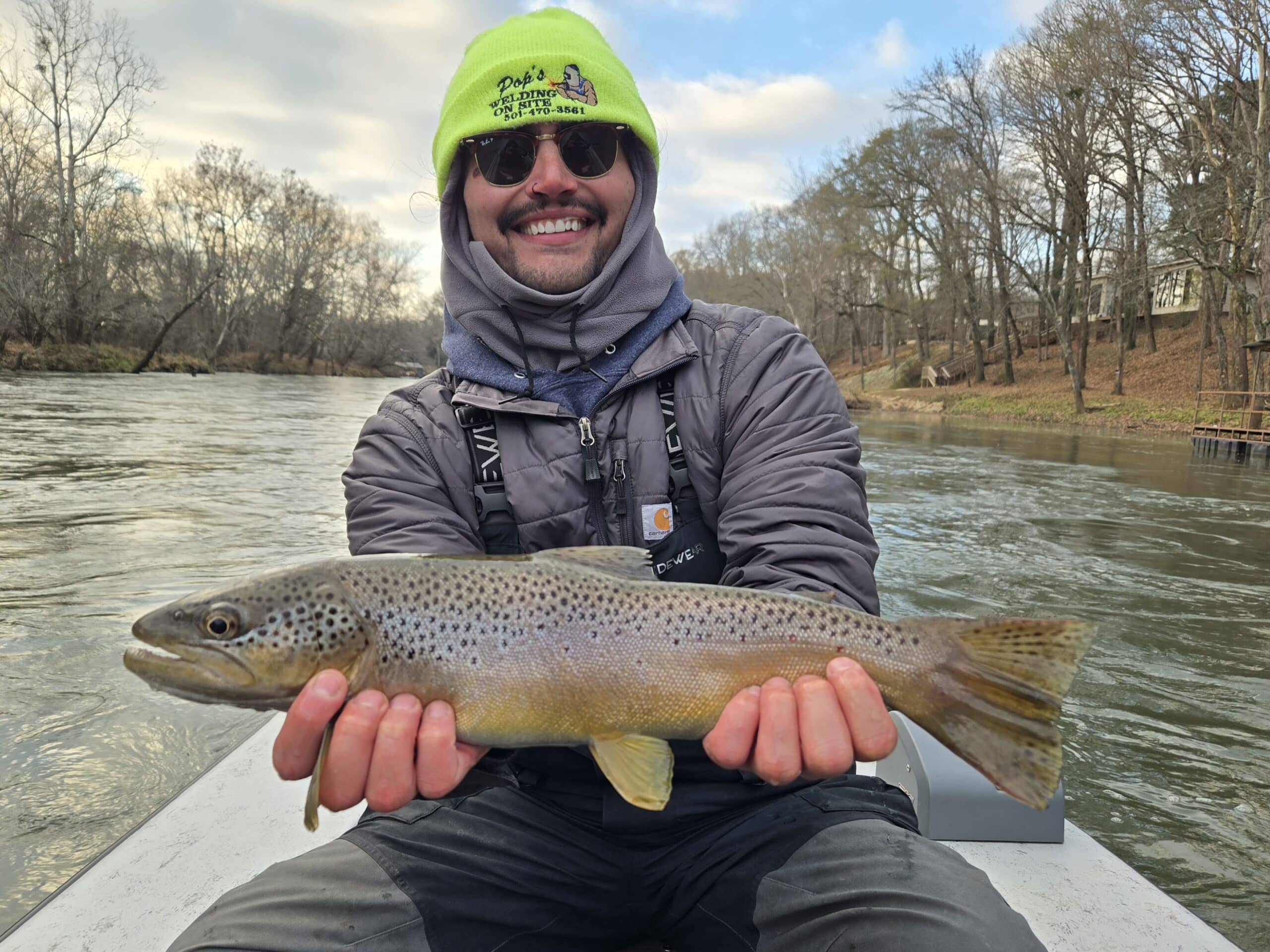Youth fishing clubs can earn funding through AGFC habitat awards program
ON 09-30-2020

Sept. 30, 2020
Randy Zellers
Assistant Chief of Communications
HOT SPRINGS — With schools back in session and summer fishing tournaments beginning to wane, many youth fishing organizations are looking for ways to keep everyone’s thoughts on the water. The Arkansas Game and Fish Commission has a special award available that’s a great way to keep youth engaged in the outdoors and offers them a way to earn a few dollars for their fishing club.
Created in 2017, the Youth Tournament Fishing Organization Aquatic Habitat Program enables any fishing tournament organization affiliated with an Arkansas junior high, high school or college to apply for an award ranging from $500 to $1,000 for building and sinking brush piles or engaging in other habitat improvements in Arkansas lakes.
“We’ve only had one team apply and complete a project for the program,” Jeff Buckingham, Black Bass Program biologist with the AGFC, said. “They did a great project at Lake Ouachita and were awarded $1,000 that they were able to put toward their fishing team’s expenses for tournaments and equipment.”
There’s no restriction from the AGFC on how the team spends the money. It can be used to pay for jerseys, equipment, travel expenses, or anything else the team and school decide upon to benefit the club.
In addition to creating possible tournament-winning hotspots, these habitat projects can help the fishery. With additional ambush cover, predator fish such as bass and crappie are able to catch their prey using less energy, which can translate into better growth rates in the long run. Additionally, the small spaces in complex brush piles can be shelter for many young-of-the-year fish and baitfish to keep the fishery’s future bright.
“Brush piles may not produce a lakewide effect like some of the vegetation projects we’re working on at the AGFC have the potential to do, but it can be beneficial on a local level,” Buckingham said. “Concentrating the habitat in a few particular coves can help fish in that area.”
The idea of the program isn’t just to offer some funds to young anglers or create helpful habitat, but to show these young anglers how they fit into the big picture of conservation in The Natural State.
“Our anglers are our greatest resource in Arkansas,” said Jason Olive, assistant chief of the AGFC’s Fisheries Division. “Not only do they provide funding for conservation through license sales and their equipment purchases, but our relationship with them also is the key to promoting fisheries management and helping prevent the spread of aquatic nuisance species like Giant Salvinia. We want to have a positive relationship with them from day one of their fishing careers.”
The grant opportunity is open to any fishing club affiliated with a high-school, middle school or college. Applicants should submit a proposal before beginning work on their habitat project to ensure their efforts are legal.
“There are some lakes in Arkansas that have restrictions on adding brush, and we can help guide young anglers about possible ways to increase the effectiveness of their efforts,” Buckingham said. “One suggestion I have is to contact a Christmas tree farm before the holidays to see if they can collect all of the unsold trees at the end of the season to use as part of their project. There also may be a contact in their area that could supply them with cheap or free materials to keep expenses low and maximize the money they get from the award.”

Buckingham said the main focus of the program is to help some of these clubs get funds to continue fishing and be a part of the conservation story in Arkansas.
“We know the clubs care about the fisheries in Arkansas, and we want to offer them a platform to share that and maybe get a little more recognition,” he said.
Additionally, the team must supply the AGFC with the coordinates of the habitat they placed for the program.
“We want all anglers to benefit from the effort,” Buckingham said. “We will post the coordinates on the AGFC’s interactive map after the award is given.”
Funds from the award must be routed through a team’s account at its school, and school officials should be listed as the contact person for the grant proposal. Applications are available at http://www.agfc.com/fishing/Documents/BBP/YouthTournamentHabitatProjectApplication.pdf
Visit the Black Bass Program’s page to learn more.
Recent News

CWD-positive deer found in Grant, Sevier counties
Dec. 19, 2025

Arkansas Wildlife Weekly Fishing Report
Dec. 18, 2025
Subscribe to Our Weekly Newsletter E-mails
Don’t miss another issue. Sign up now to receive the AGFC Wildlife Weekly Newsletter in your mailbox every Wednesday afternoon (Waterfowl Reports are published weekly during waterfowl season and periodically outside the season). Fishing Reports arrive on Thursdays. Fill in the following fields and hit submit. Thanks, and welcome!
